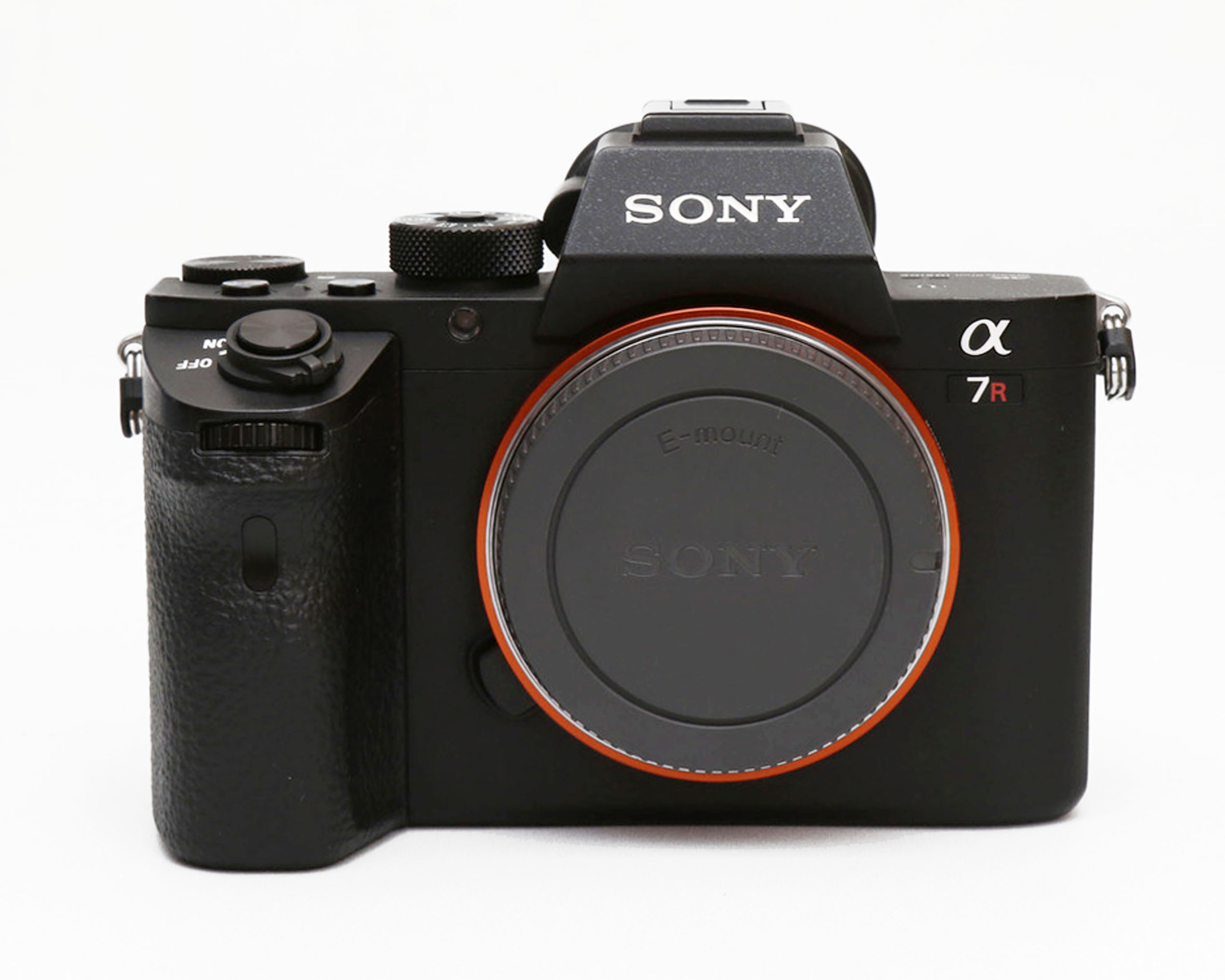Adjudged as the best “Pocket Camera of the Year” for two years in a row, the Sony RX100 III is one camera that stands apart as a perfect professional grade quality camera within a compact body. It may not be a budget camera but considering its quality and performance, you would hardly call it an expensive one, too. Let’s look at the qualities that have made RX100 III so special among the professional photographers.
[amazon box=”B00K7O2DJU” template=”horizontal”]
After the successive launches of Cyber-shot RX100 and RX100 II, Sony has come up with a cool and tiny 20MP camera that has been a hit since its launch. So, how is it different from its predecessors? To start with, it is equipped with a brand new lens that offers brightness across the zoom range. In addition to this, Sony’s Bionz X image processor from the latest generation, better autofocus and a brilliant pop-up electronic viewfinder adorns this camera. For all the selfie lovers, this camera is equipped with a 180-degree rotating LCD. So, click high resolution selfes to your heart’s extent, now!
As far as movie shooting is concerned, the RX100 III excels its predecessors here as well with better stabilization, zebra stripping, full-sensor video and a clear HDMI output function.
Pocket Camera Features
To provide the perfect value for money, it is provided with the brand new Carl Zeiss Vario-Sonar T* branded lens. As said earlier, it is bright across the zoom: it commences from f/1.8 at wide angle and goes up to f/2.8 from the telephoto position. It has a wide-angle lens with 35mm equivalent range of 24-70mm. However, the overall zoom has been reduced from 3.6x in the predecessors to 2.9x in the Mark III variant.
The camera also provides a sensor resolution of 20.2 million pixels with a backside illuminated chip that was found in the Mark II variant. Its built-in electronic viewfinder has a pop-up technique that allows it to pop up according to your wish. This allows you not only to frame an image at an arm’s length but also allows a brilliant tripod-like stance with your camera glued to your eye.
As said earlier, the Bionz X image processor replaces the Bionz chips that were used by its predecessors. This makes the Mark III variant not only a swift camera to handle but also increases the performance notably with better buffer depths.
Another major improvement is the rotational LCD technique. You can not only tilt it upwards up to an angle of 180 degrees but also rotate it downwards up to 45 degrees. So, no matter whether you want to shoot something high above your head or low towards the ground, or simply click selfies at a yard away, this camera can perform every job with equal swiftness.
The Mark III variant also has an upgraded movie capturing facilities. With the new Bionz X image processor, the camera is now able to capture video by offloading the entire content of image sensors for each frame, and down-sampling them to the output resolution. The camera also comes with a XAVC S compression system that offers a 1,920 x 1,080 pixels resolution or below (Full HD) along with a bit rate of 50mbps. The technology of Steady Shot Intelligent Active Mode is new to this camera, and allows for maximum video stabilization.
Just like the RX 100 II, this camera, too, features a built-in wireless WIFI connectivity along with a new Near Field Communications technology that allows it to pair with Android cameras with swiftness. To increase its usability, it also supports Sony’s PlayMemories Camera applications which are available mostly for free though you may have to shell out for some applications as well. Certain apps, like the Star Trail and Time Lapse, can be uploaded via WiFi.
For a high definition video output, a Micro HDMI port is present along with a USB 2.0 High Speed Data port that allows you to connect the camera with your computer with ease. There is a single slot that is well compatible with either the Memory Stick duo cards or Secure Digital wherein movies are stored. Along with these two, there are a number of cards with which this camera is compatible with: the SDXC, UHS-I and the SDHC SD cards along with PRO High Speed, PRO Duo and PRO HG MS Duo cards as well.
The battery used in this case is the NP-BX1 Lithium-ion battery pack that can be recharged in-camera using a Multi Terminal Micro USB Port. According to Sony, the battery lasts 320 shots using the LCD monitor or 230 shots via the VF. Although a little lesser than the predecessors, with so much facilities, the RX100 III is a sure winner!
Why should you buy it?
Not many cameras can provide you with such truckload of features and facilities along with such quality images than the RX100 III. High ISO noise, fast AF along with high resolution impact within such a small and compact body is like a boon to many photographers. The WiFi system makes it all the handier.
Why should you not buy it?
If you are looking for a better telephoto reach, it may not satisfy you to the extent of its predecessors. Lack of an accessory grip makes it quite difficult to handle. Besides, many people would not want to shell out so much money for a fixed lens camera.
[amazon box=”B00K7O2DJU” template=”vertical”]
Final Word
If you are looking for a feature-packed camera that offers you amazing functionality along with great performance and quality images, not many cameras can offer you with the swiftness of a RX100 III. Yea; you should have a heart to spend so much for a fixed lens camera, but for the non-fussy yet serious photographers, spending on a RX100 III makes perfect sense.







Leave a Reply